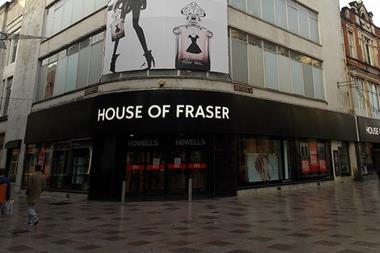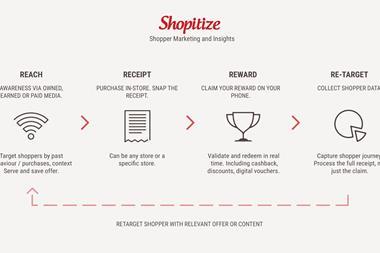Multichannel retail allows shoppers to be more demanding than ever. Successful retailers are answering this by embracing digital opportunities.
These days, the average consumer can browse, purchase, compare pricing and review goods across a global market at any given time and through a variety of channels and devices.
As a result of this access to information through technology, shoppers are more demanding and more powerful than ever.
Savvy retailers are recognising this and increasingly adopting a digital business model that is 100% customer-centric.
“Savvy retailers are increasingly adopting a digital business model that is 100% customer-centric”
Alison Lancaster, Bonmarché
Through the use of digital technology, retailers are becoming more focused on delivering a personalised, engaging and seamless customer experience – any time, anywhere, anyhow.
You don’t have to look far to see great examples of digital retail transformations that have led to business success. House of Fraser, Dixons Carphone and John Lewis are just a few.
Traditional retailers can also learn a lot from the pure-plays such as Amazon, Ao.com, Asos, Net-a-Porter and Uber, whose dominance in their respective markets can leave us in no doubt of where the future of retail lies.
A key element of digital retail’s success will lie in the access to data and insights that it provides.
This type of information is gold dust and will enable retailers to be more responsive and relevant, leading to growth and profitability.
While digital retail presents plenty of opportunity, it also poses many challenges.
Removing the channel silos that have been created over the last two decades and working with legacy systems are key challenges.
Organisational transformation
Likewise, for many retailers, organisational design will need to be completely restructured around the customer, with a single view of the customer and stock, adapted to new digitally enabled ways of working.
Essentially, organisations will need to start behaving more like digital start-ups.
That means, for example, no separate ecommerce, catalogue or retail marketing divisions – just one marketing team lead by a chief customer officer or customer director.
Likewise, executive team boards may need to be smaller and the core chief operating officer/chief financial officer ‘facilities teams’ need to support and serve the whole organisation.
Traditional retail management will need to fully understand big data and embrace new channels such as mobile, web marketplaces and home shopping, not just shops.
“New skills and expertise regarding data, technology and international trading across borders will be required”
Alison Lancaster, Bonmarché
The role of the store is also changing – it is certainly not dead, but it does need to be managed to maximise efficiency and customer engagement through the use of technology.
Old job titles will change, and some jobs will become obsolete. New skills and expertise regarding data, technology and international trading across borders will be required.
None of this will be easy and like most transformation projects, the biggest challenge of digital retail for many organisations will be keeping it simple to achieve internal buy-in, in order to implement effective change.
To enable this, strong entrepreneurial leadership is required to set the pace for driving profitable growth in a digital age.
- Alison Lancaster is currently interim marketing and multichannel director at Bonmarché and registered with Odgers Interim.
























No comments yet